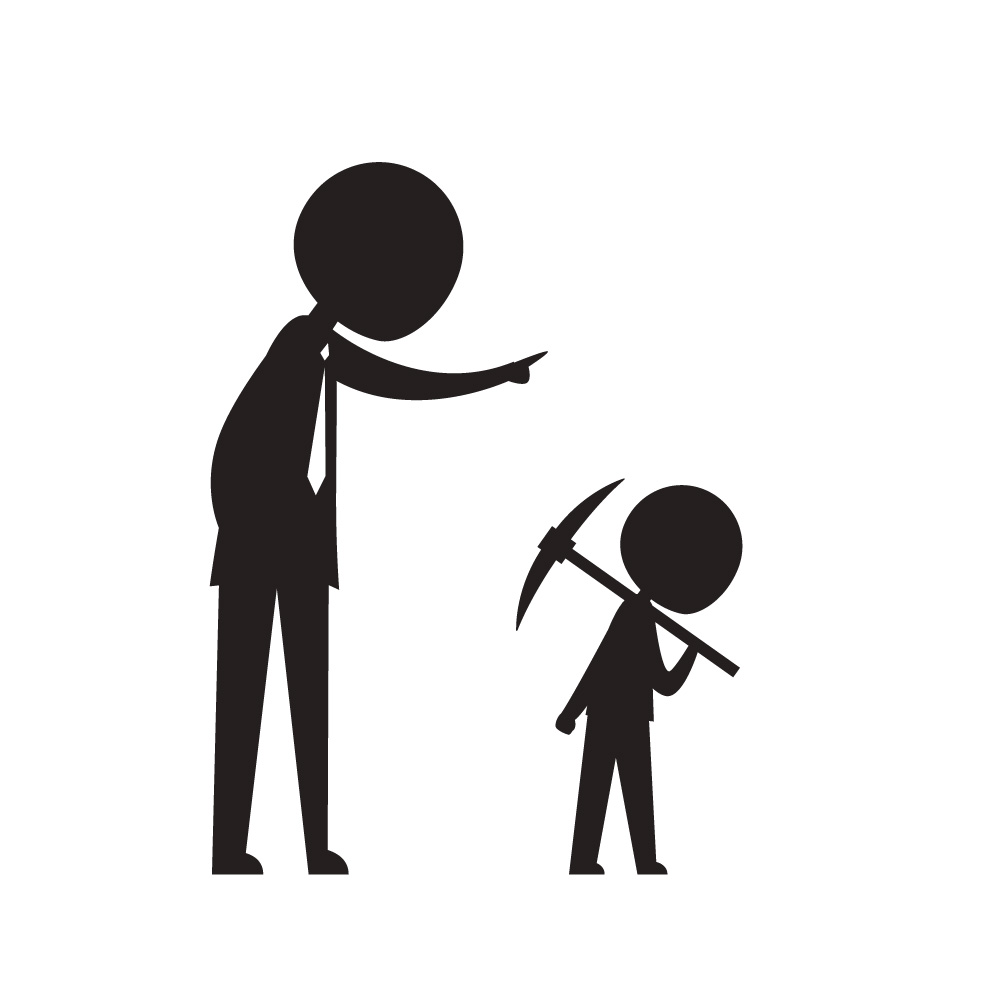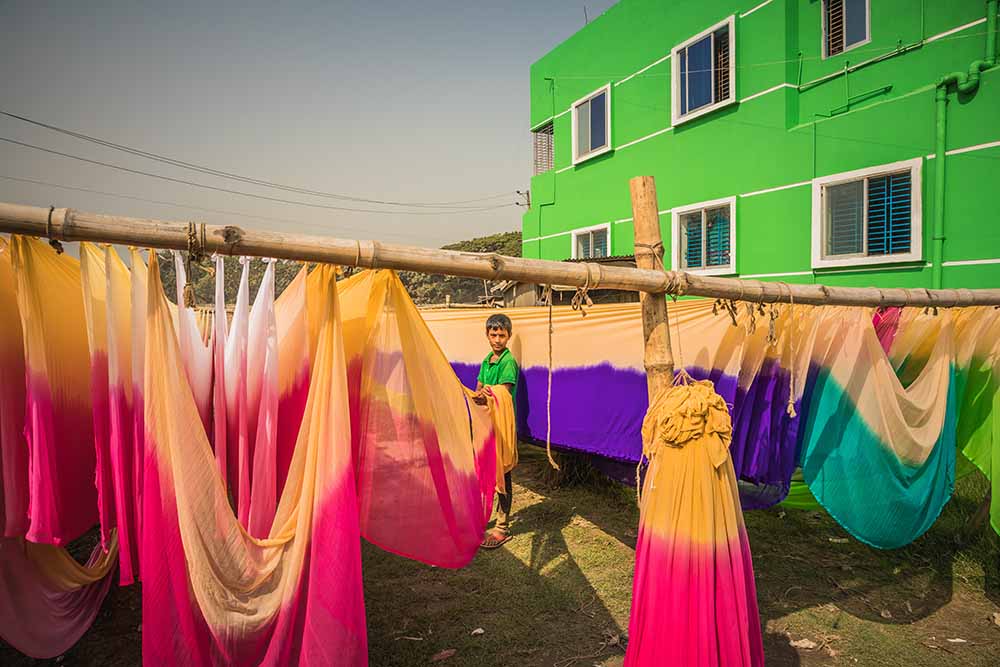The children of our nation and every nation represent our future, but it’s hard to face the reality of those unprivileged who are often robbed of the safe and secure childhood they well deserve. We take a deep dive into the realities, numbers and some hard truths about child labour in the country, and especially in the fashion industry.
The Number Game
According to a 2021 report by the International Labour Organization (ILO) and UNICEF, the number of children in child labour rose to 160 million worldwide, up by 8.4 million from the preceding four years. According to the report, the regions with the highest amount of child labour in the world include Africa, Asia and Latin America. The Asia Pacific region, which India is a part of, shows the largest number of working children in the world, at an estimated 122 million, many of whom are not enrolled in school. As per another ILO report called ‘Child Labour in South Asia’ India ranks highest among South Asian countries when it comes to child labour at 5.8 million, followed by Bangladesh at five million, Pakistan at 3.4 million and Nepal at two million.

Image used for representational purposes only.
While clarity on child labour data can help concentrate forces of rescue and relief for victims, the biggest challenge Indian children face is the lack of data available. The latest known numbers on child labour in India are from the 2011 Census which indicates that the total child population in India of the five to 14 age group is 259.6 million. Even as this number was lower than that shown in the 2001 Census, a few factors of consideration remain the large-scale unrest caused due to the pandemic as well as the fact that the last census was from more than a decade back.
A slightly more recent report from 2014 conducted by Centre for Research on Multinational Corporations (SOMO) and India Committee of the Netherlands (ICN) called Flawed Fabrics sheds light on the plight of girls and women workers in the textile industry of India. The report looks into the Tamil Nadu spinning industry, a global knit-wear hub, 60 per cent of whose labour force consists of women and girls. With as much as 60 per cent of workers interviewed for the report below the age of 18, child labour in the industry is a gruesome reality given the harsh conditions, lack of transparency and sheer violation of human and labour rights brought to the surface by the report.

Image used for representational purposes only.
How Responsible Are Companies?
The 2019 Ethical Fashion Report by the Baptist World Aid assessed 130 fashion companies through their raw material to final stage production processes. Of the 130 companies, only 35 per cent reported ‘having systems or policies in place to rehabilitate child or forced labourers if they were discovered in their final stage facilities’ with an even lower five per cent reporting the same at the raw material stage of production. As per the survey report, many popular brands like Abercrombie & Fitch, Lacoste and Boohoo reported no consultations with credible civil society organisations for redressal plans in case of child labour of forced labour instances across different stages of production.
Given that only 11 per cent of brands included in the 2021 Fashion Transparency Index publish selected raw material suppliers, this raises concerns regarding the extent to which the average consumer unknowingly supports the exploitative measures in many parts of the supply chain.

Image used for representational purposes only.
What can we do?
As per the 2021 Fashion Transparency Index, only 11 per cent of brands select their raw material suppliers, giving them little control over choosing child labour-free ways of procuring and producing their products. So where does that leave us as a consumer? With shared responsibility of knowing where your product is from and ensuring we do our bit to eradicate child labour by supporting the right organisations.
aVOID
Find it difficult to know whether or not a product involved child labour in its production? Use this browser plug-in to screen while your online shop. The plug-in will flag any product lined to child labour, in turn leaving you with an informed decision.
Organisations you can support: Click here
Hand in Hand India is another organisation that works towards the eradication of child labour in India, especially in the silk weaving industry of Kancheepuram, Tamil Nadu.
The Kailash Satyarthi Children’s Foundation also helps children rescued from forced labour through education, rehabilitation and health support.